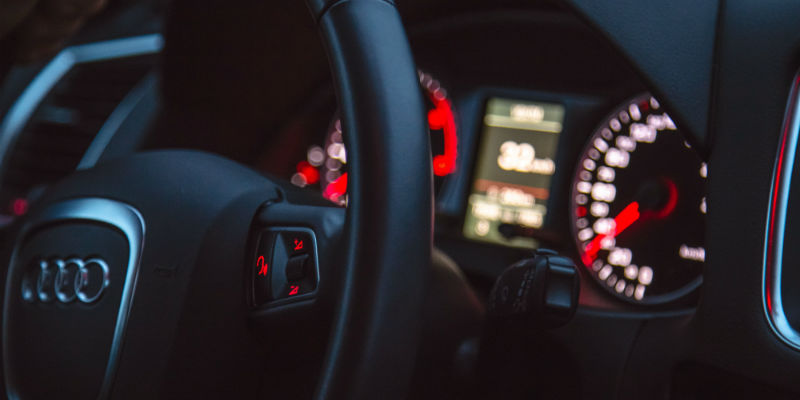Nationwide Coverage
Nationwide Coverage


Are you selling your dealership or service shop? Chances are your main goal is to obtain the most value for your business. A large part of this value comes from the property itself, as well as the inventory that will be sold along with the business.
Often times, however, when a business and its assets are sold, inventory is valued at pennies on the dollar. That is why it is critical to analyze your inventory fully before entering into an agreement. That way you can ensure you maximize the perceived quality of your parts inventory and obtain top value.
Unfortunately, many dealerships and service shops wait until the last possible moment to assess their inventory, with valuations done only a few days before selling. This does not allow for proper investigation or effective planning and can result in inventory that is devalued.
Saleable vs. Unsaleable Parts
One of the biggest difficulties, when selling your dealership, is determining which of your parts are saleable and which are not. Often times, the inventory value recorded on your books is not equal to the value of saleable items you have in stock. This is because auto parts inventory does not only refer to the dealership’s parts used to service customer’s vehicles, but also a number of parts that do not necessarily carry value in your buyer’s eyes, when looking at salability.
This includes:
These parts will affect the saleable value of the inventory. For example, you could have $150,000 of inventory on the books, but of that, only $120,000 will be saleable, due to the above items.
The key is ensuring that the inventory on hand is current, saleable, and will transfer to the incoming dealer per the asset purchase agreement.
What you can do to recover your assets in the Parts Department in a transfer of ownership?
If you are thinking of selling the dealership, take the time to properly sort and analyze your inventory. Determining what parts are saleable and which are not will allow you to provide an inventory valuation to your buyer that is realistic and fair. Doing this early on will also give you a chance to take advantage of available alternatives to offload otherwise unsalable items in a way that will increase your post sale profit.
Maximizing termination returns is just one of the many ways you can do this.
At Pro Count West, we are highly equipped with the knowledge and experience needed to ensure that you optimize your inventory value in a buy/sell agreement. We will help you identify saleable and non-saleable inventory, as well as find other opportunities to redeem some of the value on non-saleable inventory, where possible. Make sure to contact us to help maximize your Parts assets!
To find out more about our Buy and Sell Inventory programs, contact us today!
Pro Count West, L.L.C.
Phoenix, Arizona
Chicago, Illinois
New York, New York